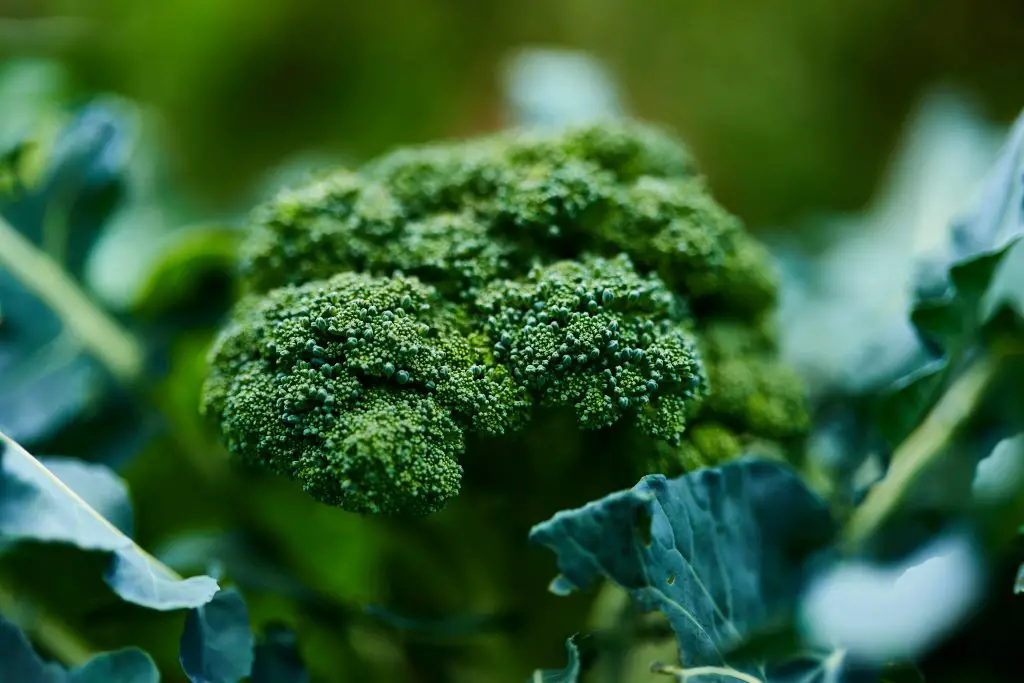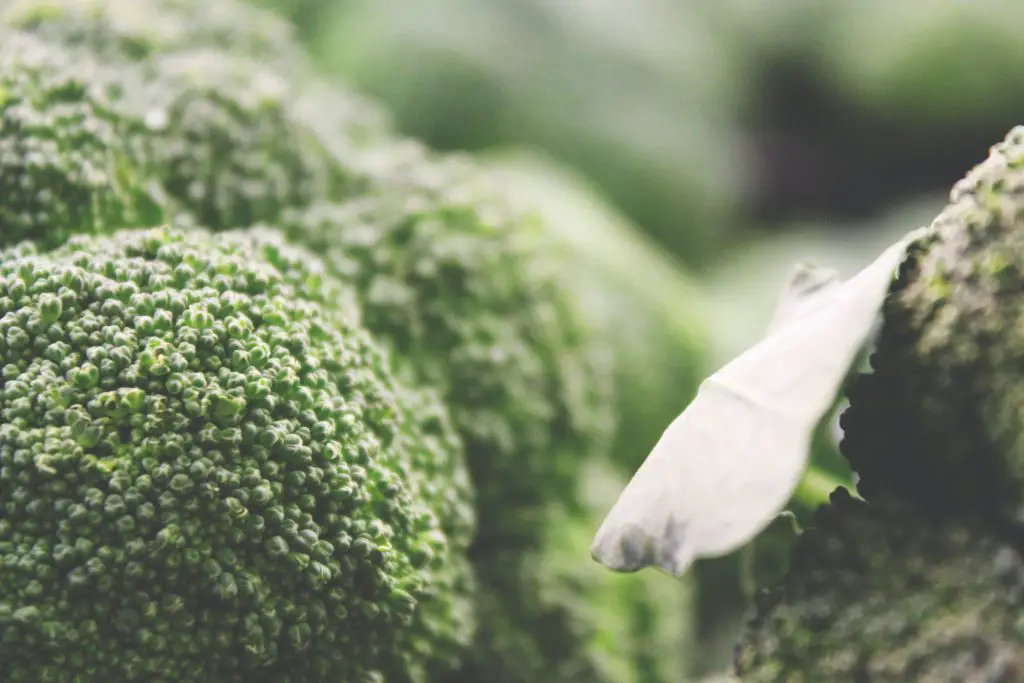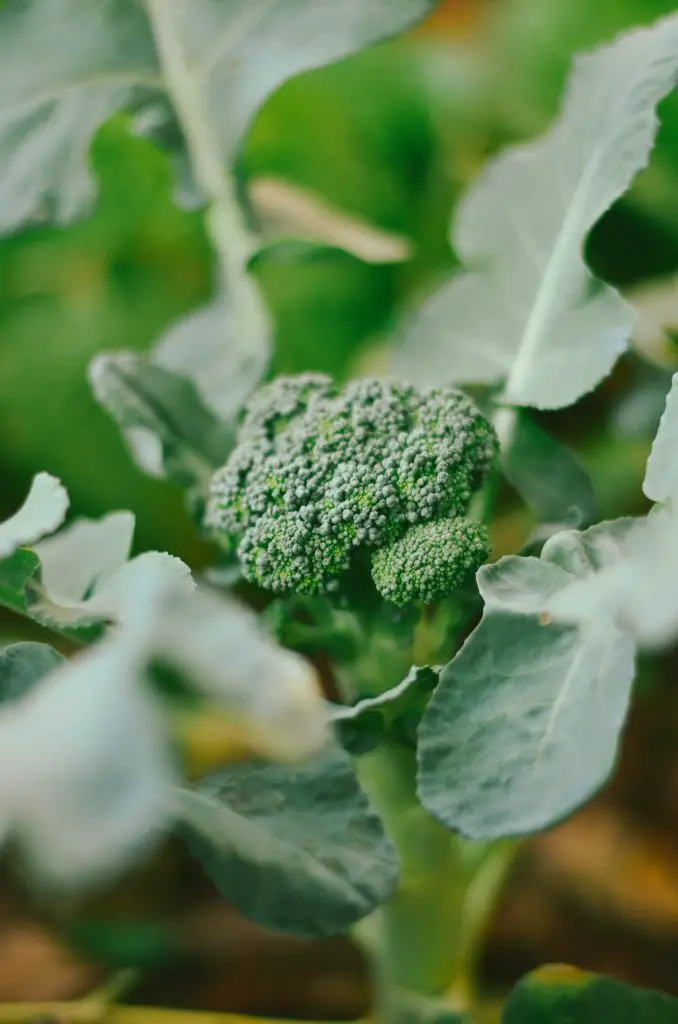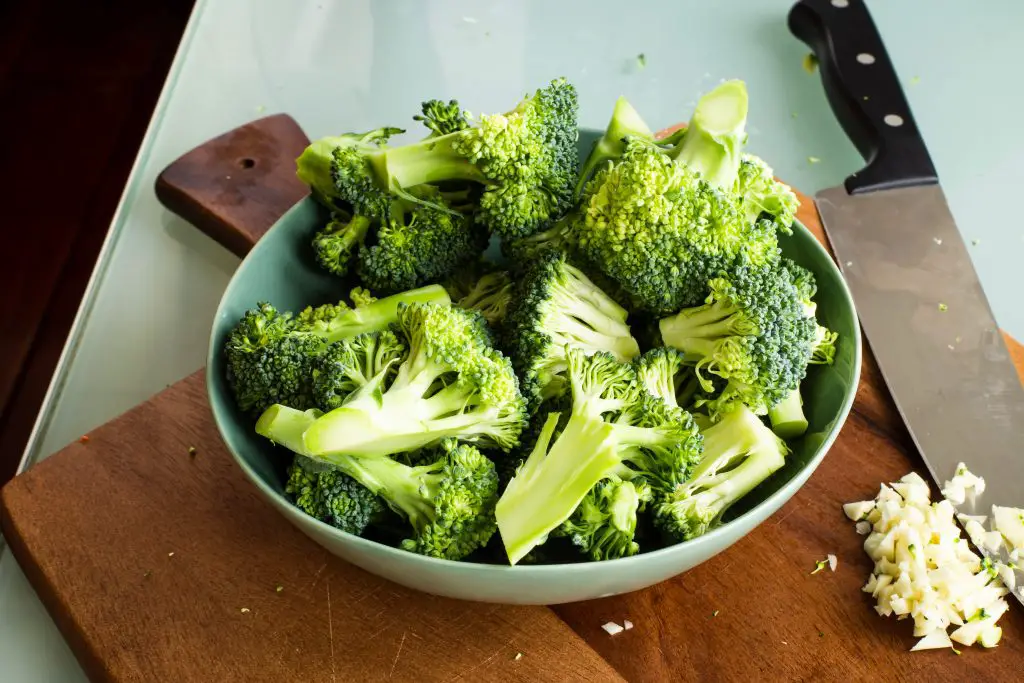Is Broccoli A Flower? Broccoli is one of the most popular vegetables in the world and is widely used in a range of cuisines including European, Indian, and Chinese. However, one of the most common questions that crops up about broccoli is what part of the plant are we actually eating. Is it the flower or is it something else?
The part of the plants that we eat from broccoli is in fact a immature flowerhead that is yet to produce it’s pedals. If the broccoli head is allowed to continue to grow on the individual beads that make up the head of the plant will start to produce yellow flowers which is a sign that the plant is beginning to bolt. At this stage, the plant is still edible though commercial producers generally will pick it before it reaches this point.
Once the main head is harvested some varieties of broccoli will produce smaller florets of broccoli on the side shoots of the plant which can be harvested a few weeks later. The side shoots are rarely harvested by commercial producers, however, it is quite advantageous for home gardeners who want to spread the period over which they can harvest from the plant.

Are There Different Types Of Broccoli
There is a range of different varieties of broccoli available in the market the most common type you see in the supermarket is the calabrese type which are the broccoli varieties that look like a mini tree. There is a huge range of different varieties of calabrese types available in the market place which make up the majority of the commercial production.
The other type of broccoli that is common is romanesco varieties however these are rarely sold commercially because the plant is significantly larger in size than calabrese types which means that they are not as commercially viable. Romanesco varieties can sometimes be found in farmers’ markets but even then they are relatively rare.
Additionally, even home producers will tend to favor the calabrese type because they also will produce side shoots whereas the romanesco type does not.
In addition to these two main varieties, there are a number of other types such as purple sprouting broccoli, and broccolini as well as a range of different hybrids such as broccoflower which is a cross between broccoli and cauliflower. To read more about the different varieties click here.

Are Broccoli Plants Easy To Grow?
Broccoli plants are relatively easy to grow because they are tolerant of a wide range of climatic conditions however they do generally prefer cooler temperatures as they do have a tendency to bolt if exposed to extreme heat.
Most gardeners will plant broccoli seeds in either early spring or late summer to avoid having the heads exposed to the extreme summer temperatures which generally produce poorer quality heads.
However, broccoli is extremely suitable for freezing which means it is easy to produce your entire years’ supply of broccoli from your garden and store it for later use.
How To Grow Broccoli
Broccoli seeds can be sown directly into the garden, however, most gardeners tend to start the plants in seed trays as they can start them off earlier in the season and also reduce the amount of time they actually spend in the garden which provides opportunities to grow other vegetables.
To plant the seeds start by filling the seed tray with a good quality seed raising mix ensuring that you firm the soil into the individual cells to form solid plugs. This is important because it will reduce root disturbance of the seedlings later on when they are transplanted into the garden because the entire plug can be removed from the seed tray easily in most cases.
2 to 3 broccoli seeds should be planted at a depth of approximately half an inch into each cell to ensure that you get at least one seedling coming up in each and every cell. If all the seeds germinate then remove the weakest seedlings leaving one per cell.

Once the seeds are in position the seed trays should be placed in a warm location indoors with plenty of sunlight particularly if you are planting in early spring when it is relatively cold. The seedlings will typically need to spend approximately 6 weeks in the seed tray before they are large enough to be planted out into the garden. During this period is important to ensure that the soil remains moist throughout to optimize the plants’ growth rate.
Transplanting Seedlings Into The Garden
After approximately 6 weeks broccoli plants should have reached the height of approximately 3 inches at which point they are ready to be transplanted out into the garden. Broccoli plants should ideally be planted in a sunny spot that gets at least 6 to 8 hours of direct sunlight per day.
In terms of soil conditions, broccoli plants prefer rich moist, and free-draining soil with plenty of nutrients. If you’re unsure about the quality of your soil is advisable to add a bag of compost to improve the soil quality.
The seedlings should be space approximately 1 to 1 1/2 ft apart in the garden which will allow plenty of space for the plants to expand. At this point in time, it is also important to sprinkle snail pellets around the seedlings as they can be highly susceptible to attack from slugs and snails. Additionally, it is advisable to add a thick layer of mulch before watering the plants in well.

Caring For Broccoli Plants
Once the seedlings are in the garden there is generally little maintenance required other than to ensure that the plants are watered regularly and the beds are kept wheat-free. Typically, broccoli plants will reach a height of somewhere between 1 to 2 ft tall before they begin to produce the main broccoli head. At this point and time is important to keep a close eye on the broccoli heads to ensure that it does not bolt as this will reduce the quality of the head produced.
Broccoli can be harvested at any stage once the head reaches a reasonable size, which for most people is typically when the head is approximately 4 inches in diameter or larger. However, it is important to look carefully at the head to ensure that there is no hint of yellow coming from the beads if you see anything of that nature that is an indication that the plant is about to flower and should be harvested immediately.
Once the main head has been harvested the plant can be left in the garden as many varieties will start to produce smaller side shoots which are usually less than a quarter of the size of the main head, however, they can still make up a meal if you have enough plants in your garden.
I hope you found this article useful and have great success growing broccoli at home in your own garden, if you have any additional comments or questions please leave them in the section below.
Relevant Articles
What Are The Different Types Of Broccoli?
How Many Broccoli Heads Grow On One Plant?
How Long Do Broccoli Side Shoots Take To Grow? And How Big Do They Get?
How Much Sun Does Broccoli Need? Can It Tolerate Shade?
